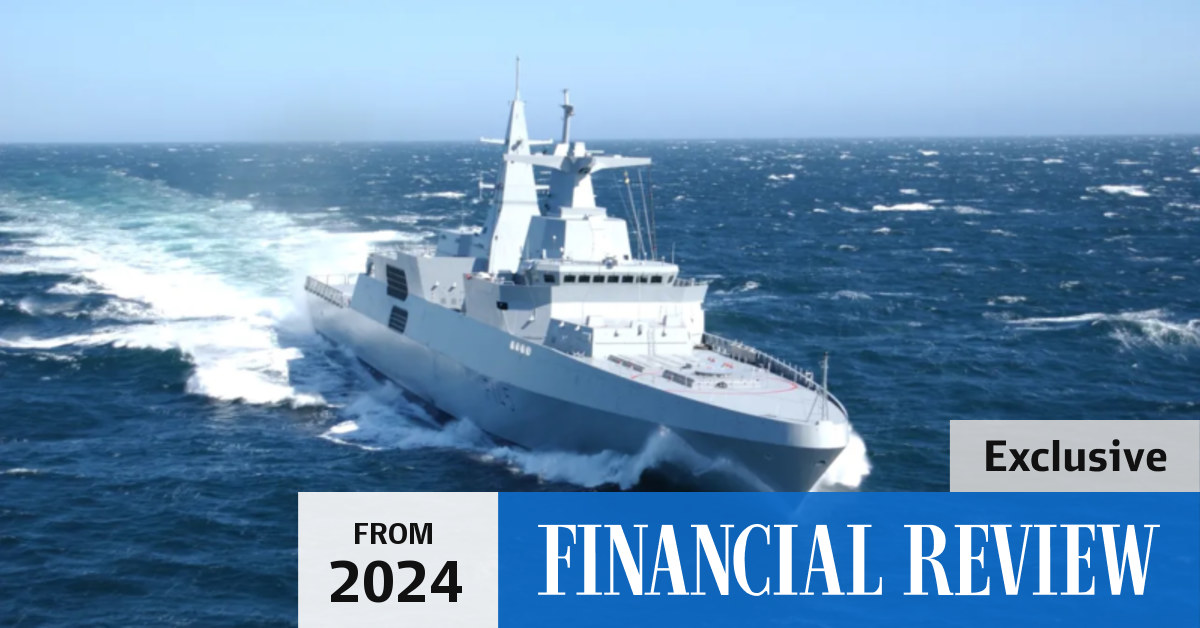Im Rahmen des australischen Flottenumbaus bietet sich für Deutschland eine strategische Gelegenheit: Der geplante Bau von Tier-2-Kampfschiffen könnte die bewährten MEKO-Designs von thyssenkrupp Marine Systems (tkMS) ins Spiel bringen. Doch für eine erfolgreiche Partnerschaft bedarf es nicht nur...

esut.de
Batch IV A200?
‘For the first batch of three frigates to be produced in Germany, tkMS is offering the MEKO A-200. This frigate is 121 meters long, 16.34 meters wide and has a displacement of 3,940 tons. It is capable of accommodating both a Seahawk helicopter and two unmanned aerial vehicles (UAVs). The MEKO A-200 is powered by a CODAG WARP system, which enables a top speed of over 28 knots. At a cruising speed of 16 knots, she has a range of 6,500 nautical miles. The crew numbers 125 people, including the helicopter contingent, and there is space for an additional 49 people.
When delivering the MEKO A-200EN for Egypt, tkMS has already shown that they can both deliver quickly and implement technology transfer. There are two possible versions of the A-200 available for Australia.
On the one hand there is the MEKO A-200 Batch III, which was built for Egypt. It is equipped with the ATLAS Elektronik ANCS Combat Management System (CMS), the Thales NS-110 radar and a sonar suite from ATLAS Elektronik. The armament includes, among other things, the 127/64 Lightweight anti-ship gun from Leonardo, 32 MICA NG anti-aircraft missiles, 16 Exocet MM40 Block 3 anti-ship missiles from MBDA as well as Typhoon 30mm Remote Weapon Stations (RWS) from Rafael and MU90 lightweight torpedoes.
Alternatively, the MEKO A-200 Batch IV could also be adapted for the Royal Australian Navy (RAN). This version could include Saab's 9LV guidance and weapons deployment system, Saab's Sea Giraffe 4A radar and a Thales sonar suite. Possible armament would include a 76/62 STRALES naval gun from Leonardo, 16 NSM anti-ship missiles from Kongsberg and 16 MK41 'Tactical' VLS cells for 64 ESSM Block 2 anti-aircraft missiles. A PHALANX short-range defense system and Nulka decoy launchers could also be integrated.
Both versions of the MEKO A-200 apparently meet the requirements of the Royal Australian Navy and could therefore be considered for the first batch to be built in Germany. Delivery of the first batch is planned for 2029 and the costs are estimated at around two billion euros.‘


